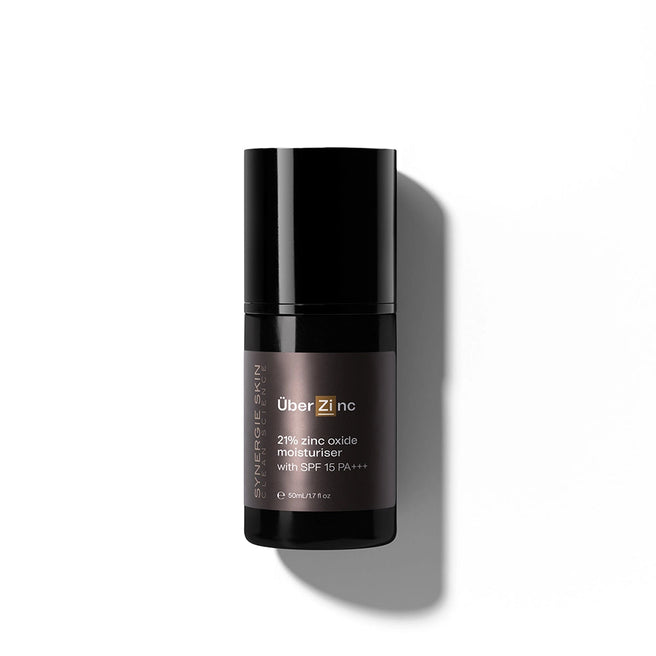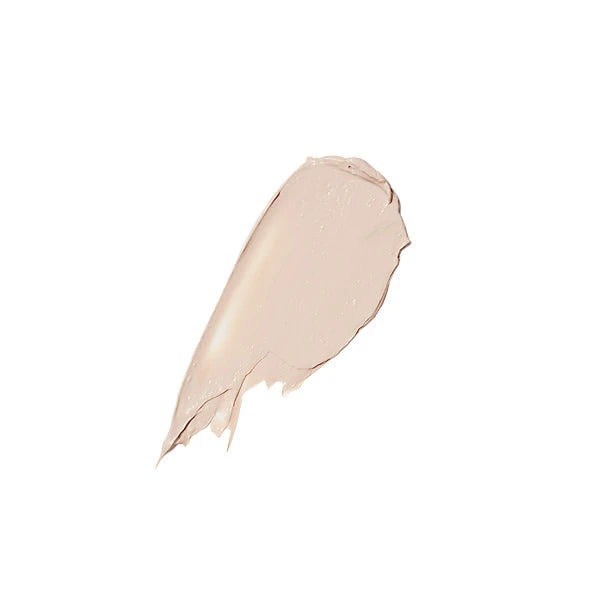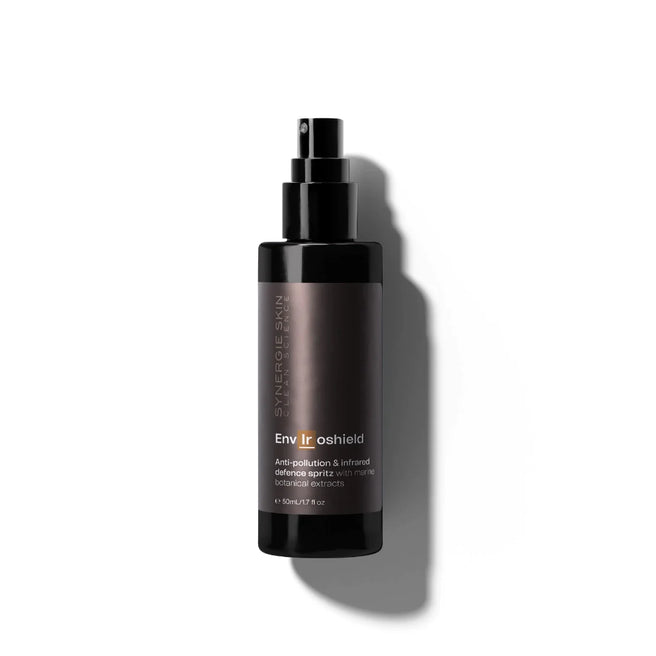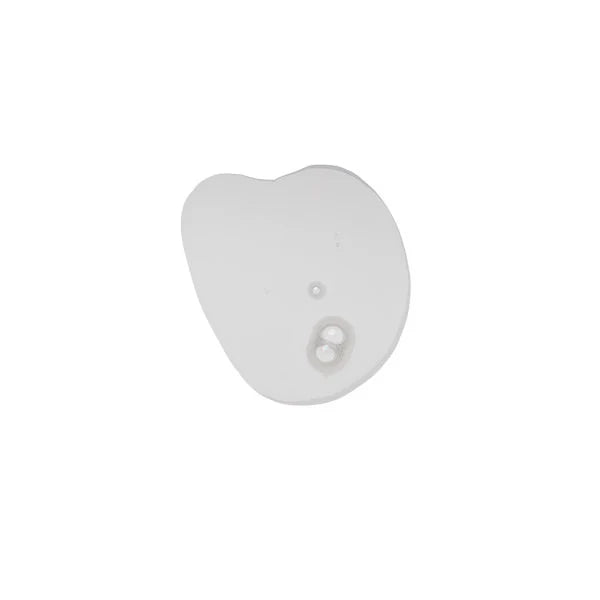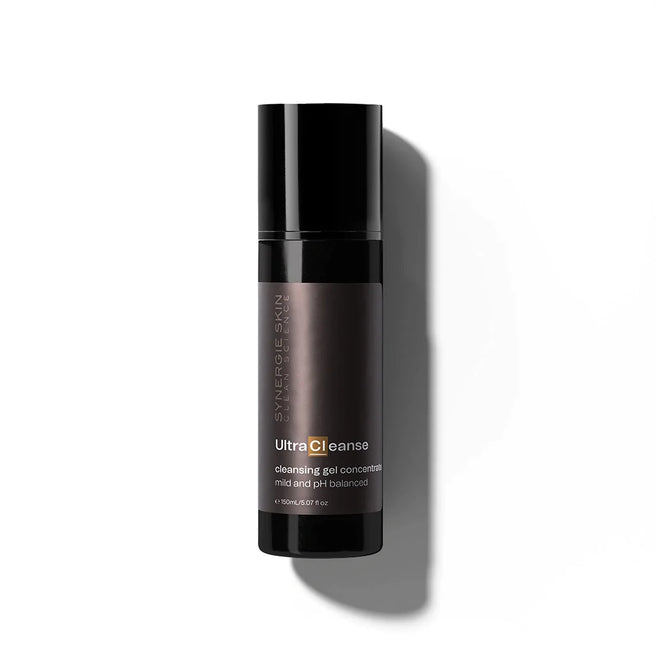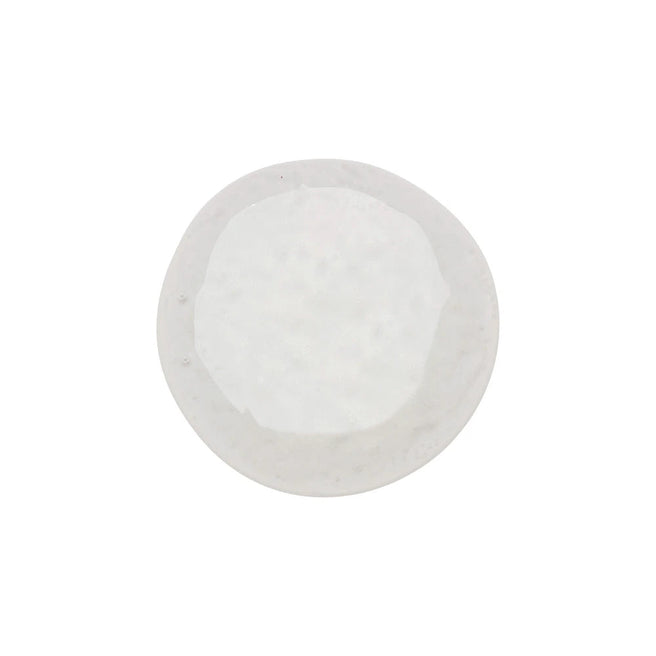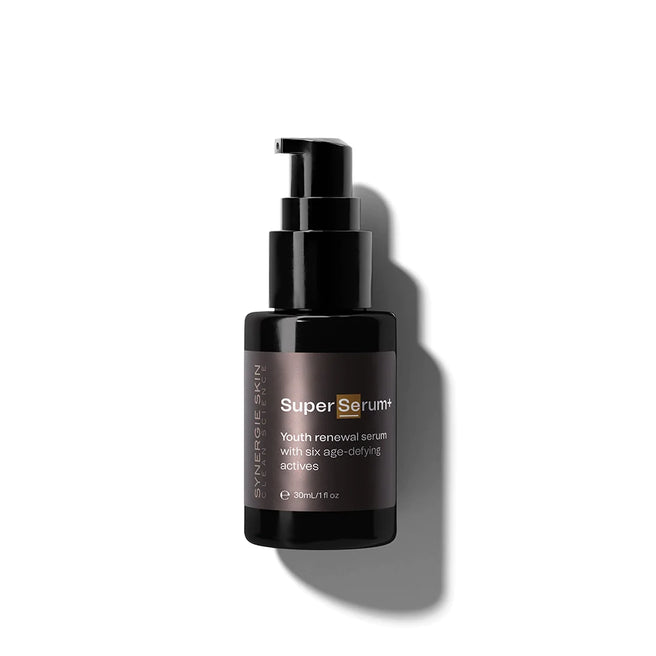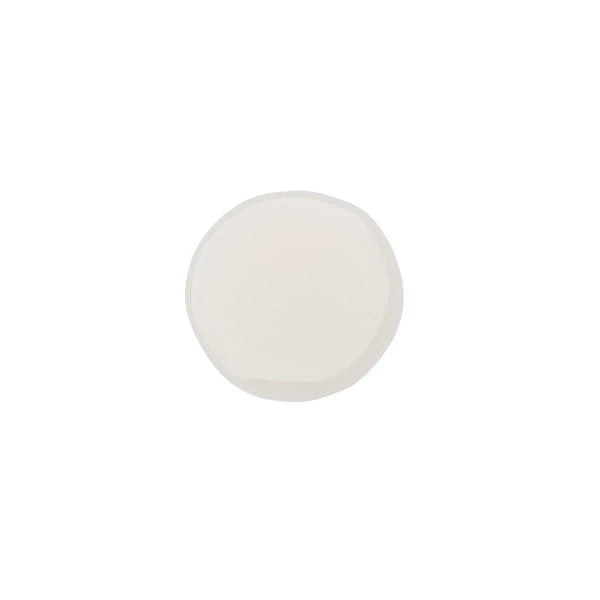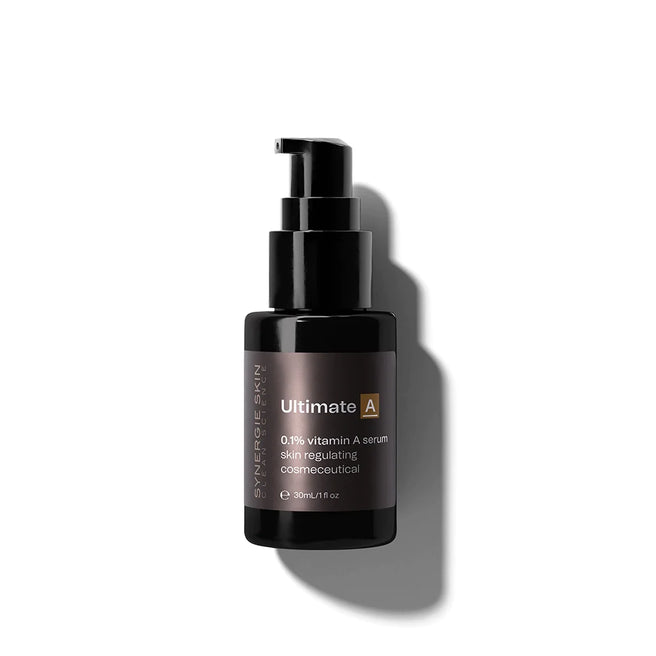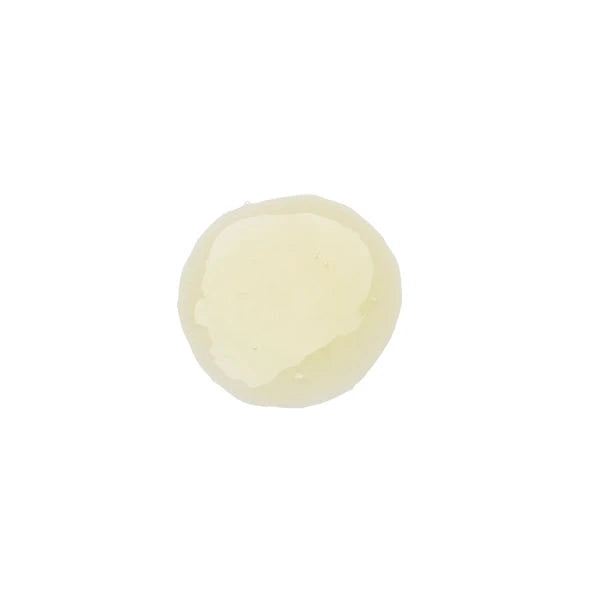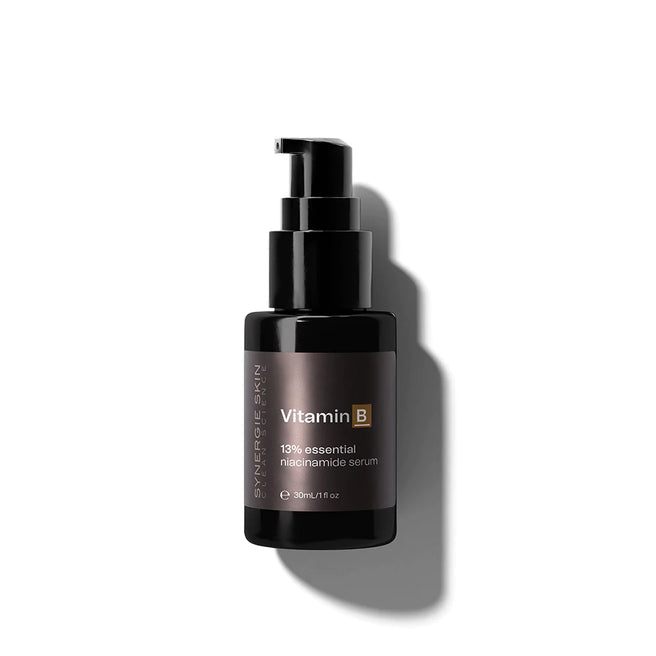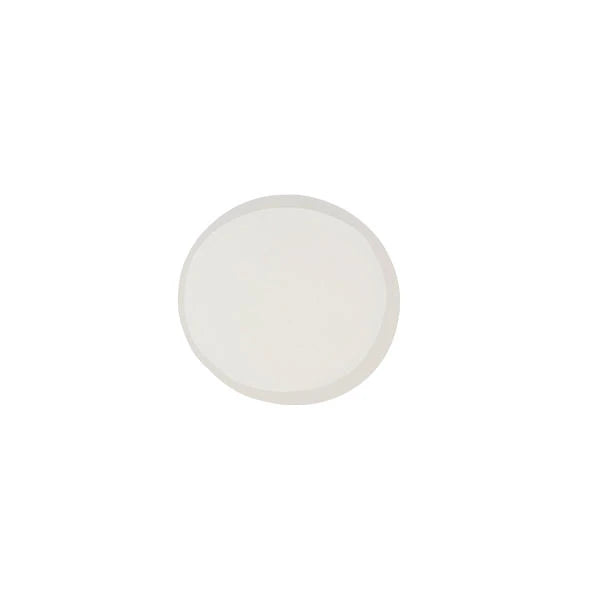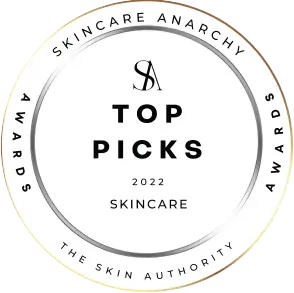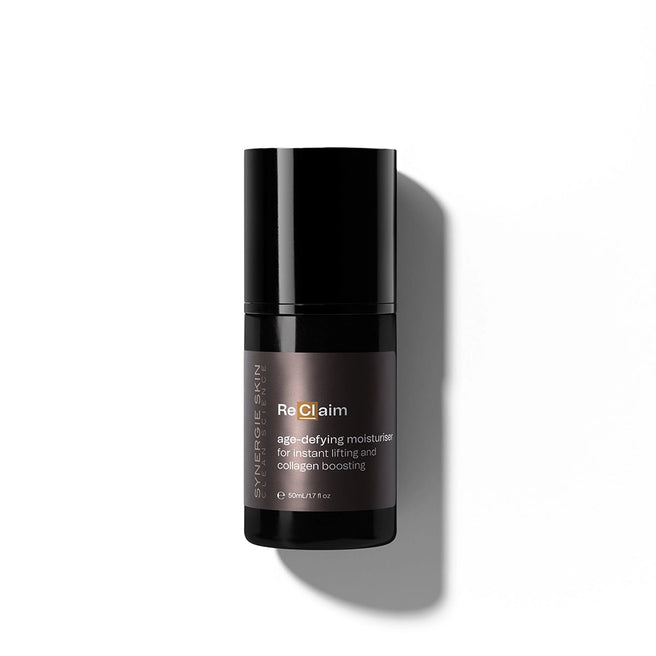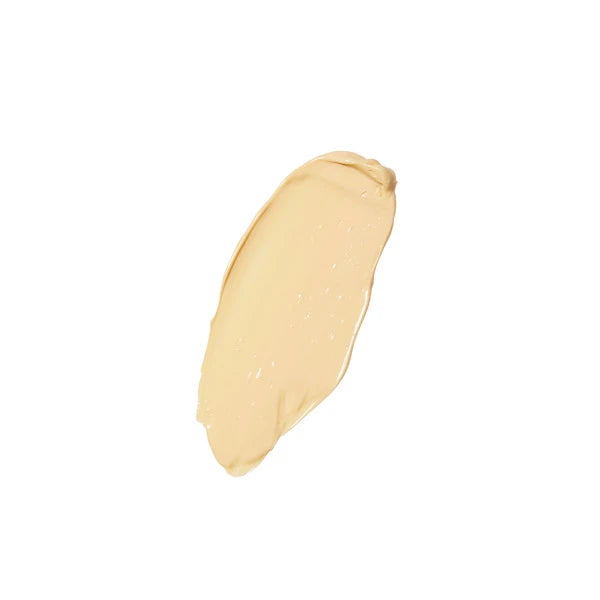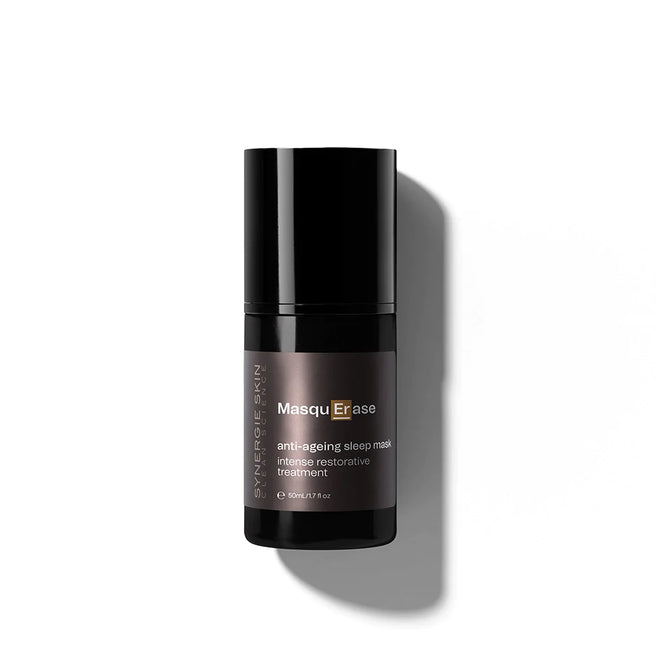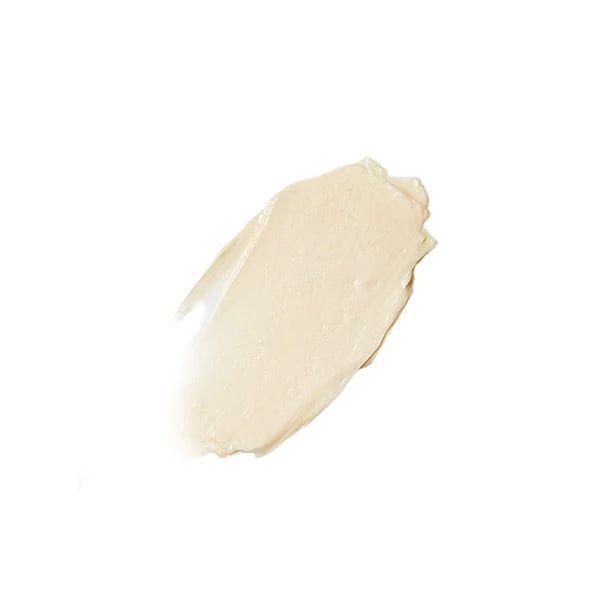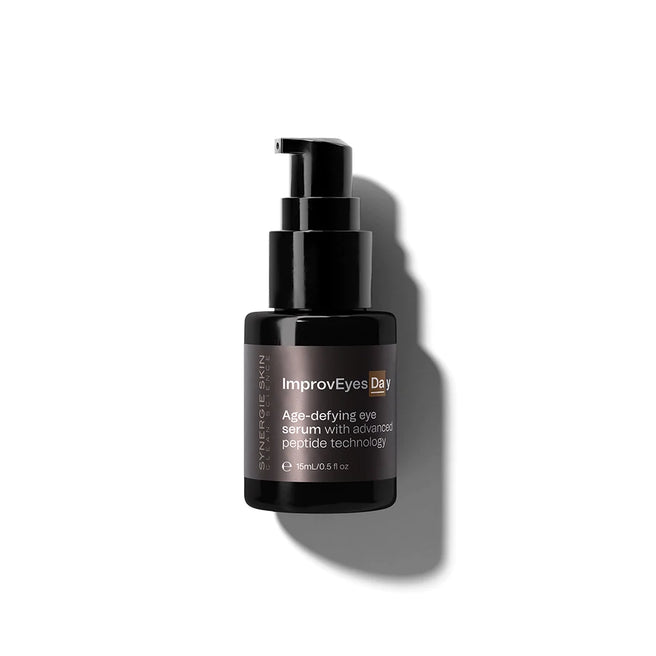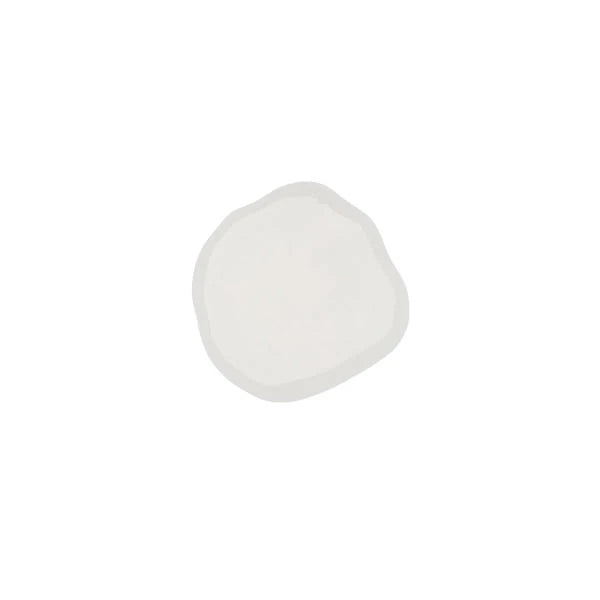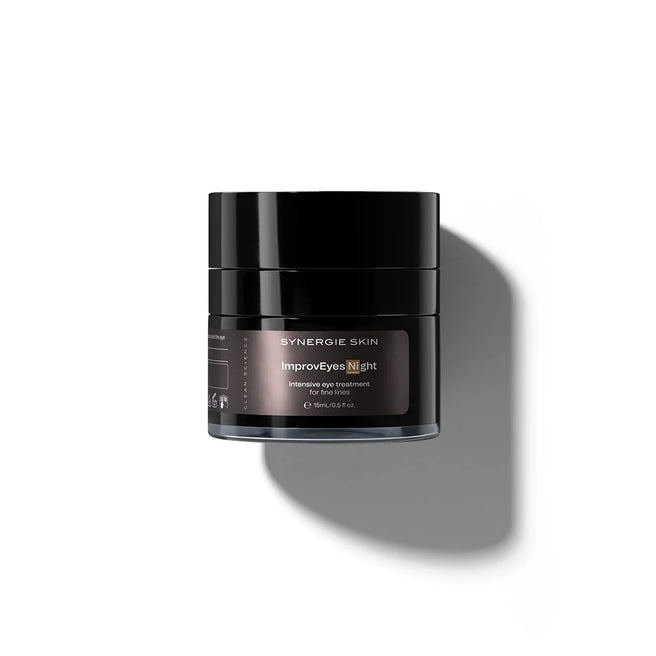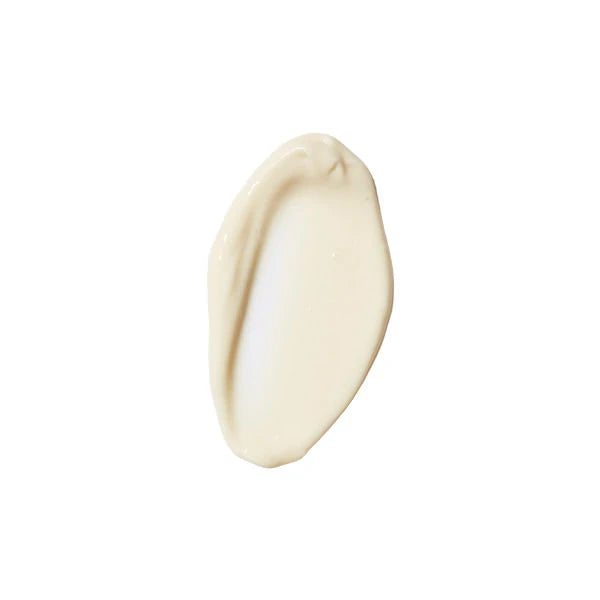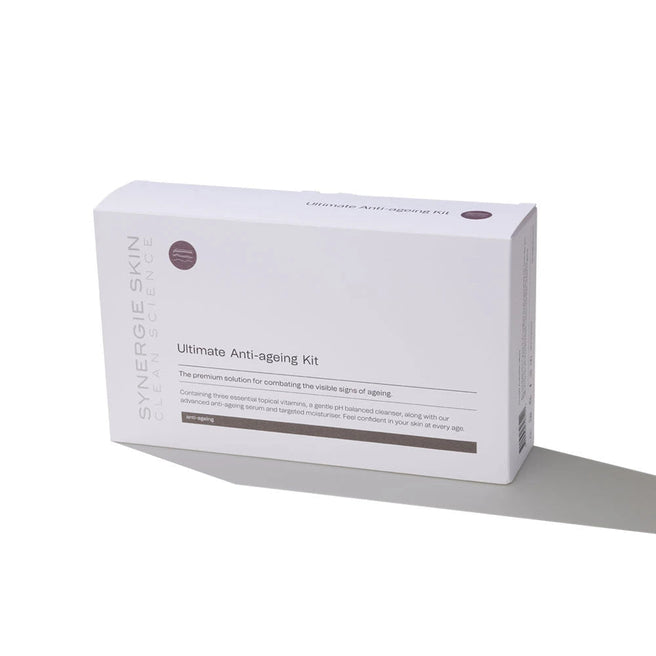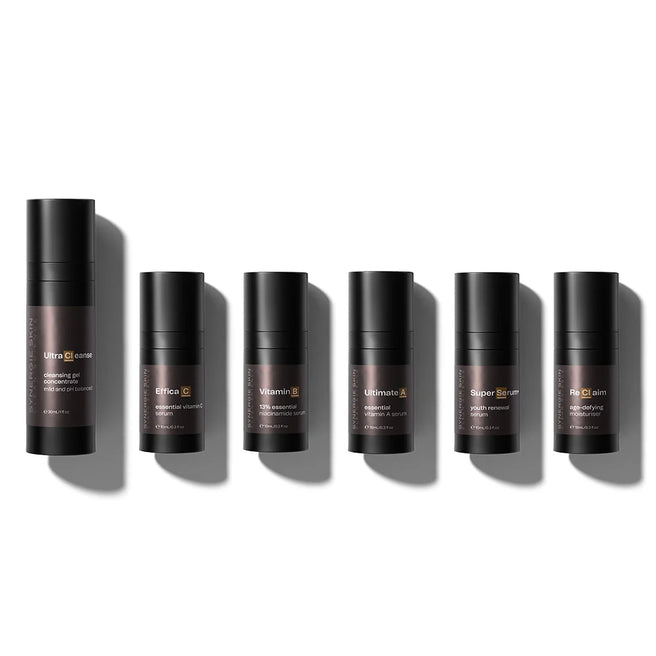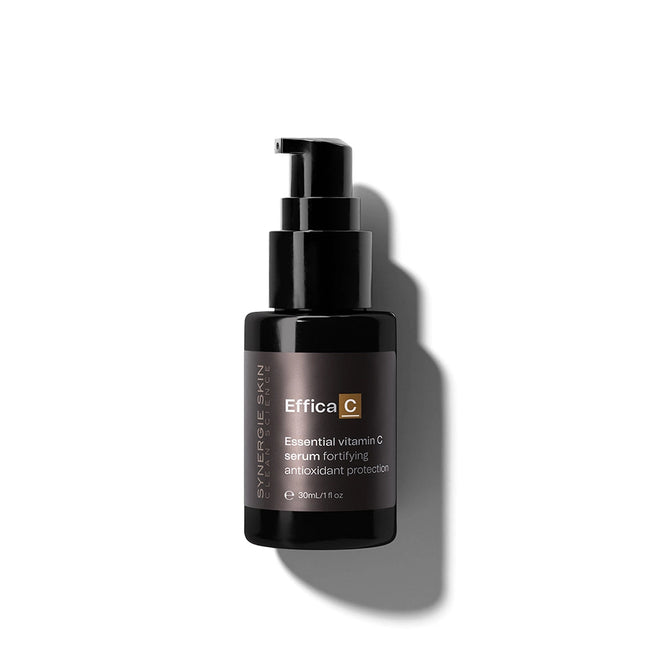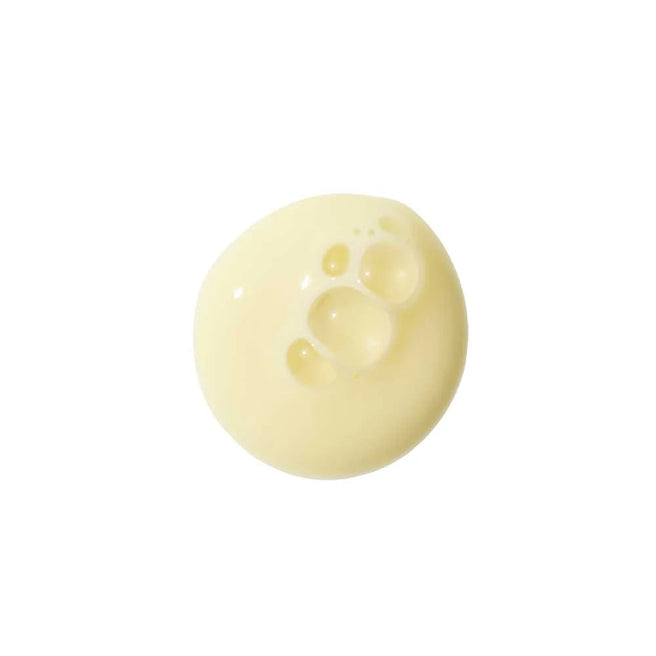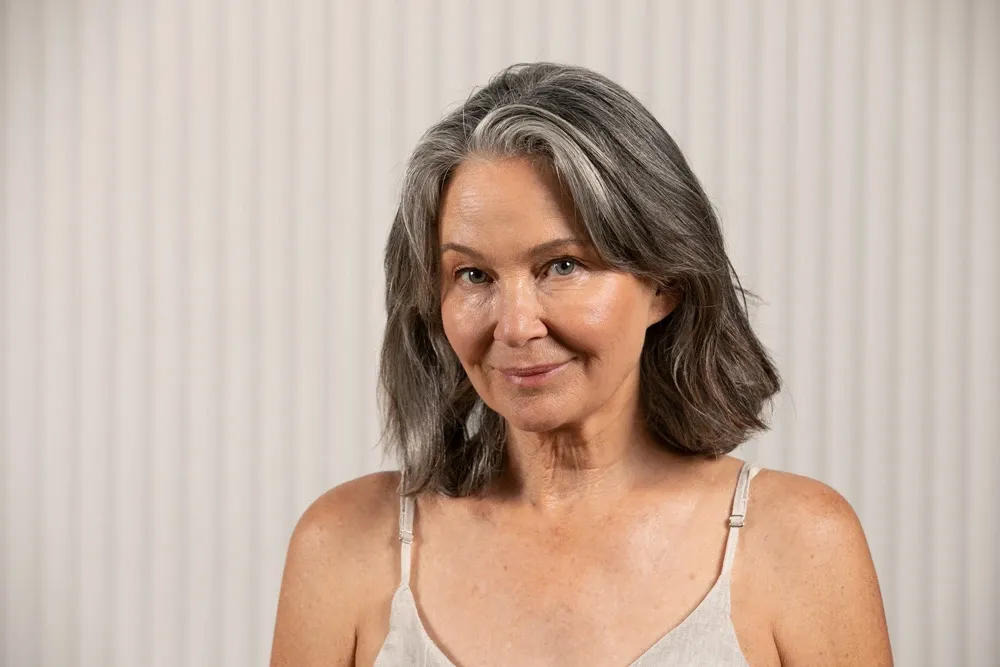
There are critical dietary factors that are scientifically proven to affect the way we age. Genetics, UV damage and smoking all accelerate ageing. However, current research has now proven that glucose and fructose, which are present in common foods we consume daily, directly affect the collagen and elastin proteins in our skin. Scroll down for my top anti-ageing tips!
The science
Glycation (or glycosylation) is the result of covalent bonding of a protein or lipid molecule with a sugar molecule to form AGE’s (Advanced Glycation End products). This results in collagen and elastin proteins in the skin becoming stiff and rigid. The resulting sugar-protein complex is discoloured, malformed and brittle and manifests as wrinkles and loss of radiance. Young individuals are constantly able to produce healthy new collagen and get away with a high sugar diet. However, as you age, you are less equipped to produce your own collagen and elastin and a poor diet high in sugar will directly influence the appearance of wrinkles.
The solution
A combination of eating well, avoiding environmental damage and using scientifically formulated skin care that is free of questionable ingredients.
1. Reduce or totally remove the junk!
Cutting back on alcohol and smoking is a great first step in fighting the visible signs of ageing. Reducing your consumption of refined carbs from pasta, pastries, white rice, bread and processed flour. Processed carbs as well, which can be found in chips and pizza etc. Sugar from sweets, dried fruit, or fruit juice - be careful when it comes to fruit, try to reduce fresh fruit intake as it is high in fructose. There are also many ‘hidden sugars’ in packaged food. The general rule of thumb is the less processing the better. However, try and analyse the back of your product labels and choose foods that are low in sugar (less than 5%).
2. Fresh vegetables
In my scientific opinion, vegetables are the great skin superfood. Try to consume at least 8-10 cupful’s a day in a variety of colours, and try to minimise their cooking time or eat them raw to retain full nutritional benefits. Some of food that are truly beneficial for improving skin tone and texture as we age are:
- Romaine lettuce
- Kale
- Broccoli
- Spinach
- Watercress
- Endive
- Tomatoes (rich in antioxidant lycopene)
- Red cabbage
- Asparagus
3. Foods high in Omega 3, 6, and 9 fats
In the correct proportion, foods high in Omega 3, 6 and 9 fats are essential for skin health. Salmon, almonds, krill oil and flaxseed oil are great sources of these fats.
4. Great oils
Coconut oil is a miracle oil, perfect for moisturising your body, applying a hair treatment, and for cooking with! Rice bran oil is another great oil for cooking. Extra virgin olive oil is best as a dressing (not for cooking). For a boost of healthy benefits, add flaxseed oil into your breakfast smoothies, or by drizzling it over your cooked meal.
5. Beans and lentils
Pulses are a great way to get healthy plant protein in your diet, to help build collagen and elastin. Some great options are: split peas, chickpeas, lima, pinto, black and broad beans.
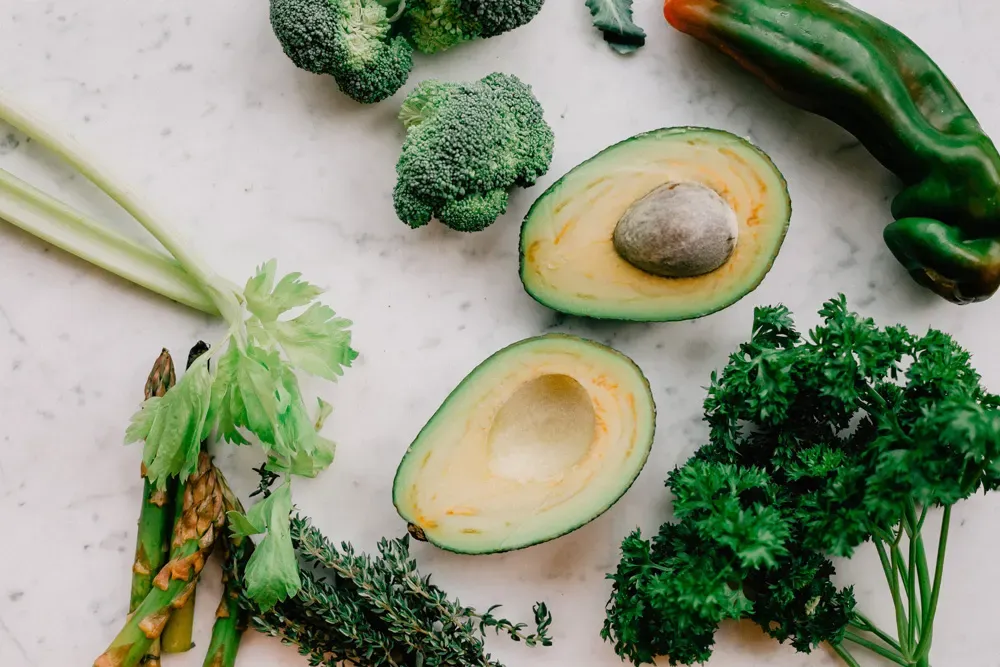
6. Whole unprocessed grains
An excellent source of B vitamins and anti-inflammatory nutrients. Oatmeal and oat bran are great for breakfast dishes, while brown rice and wholegrain pasta can be subbed in with most dinner recipes!
7. Herbs and spices
Use fresh, not dried, herbs and spices that are grown in a pesticide-free environment. Some great ones for anti-ageing are ginger, tumeric, garlic and green tea (or green tea supplements).
8. Stay hydrated
Challenge yourself and try and drink at least six large glasses of water every day.
9. Protect from environmental damage
- ÜberZinc daily UV protective moisturiser
- Enviroshield daily anti-pollutant spritz
10. Skincare
Skin plays a vital role in your anti-ageing regimen. Ensure you choose products that are free of parabens, artificial fragrance, colour and other questionable ingredients.
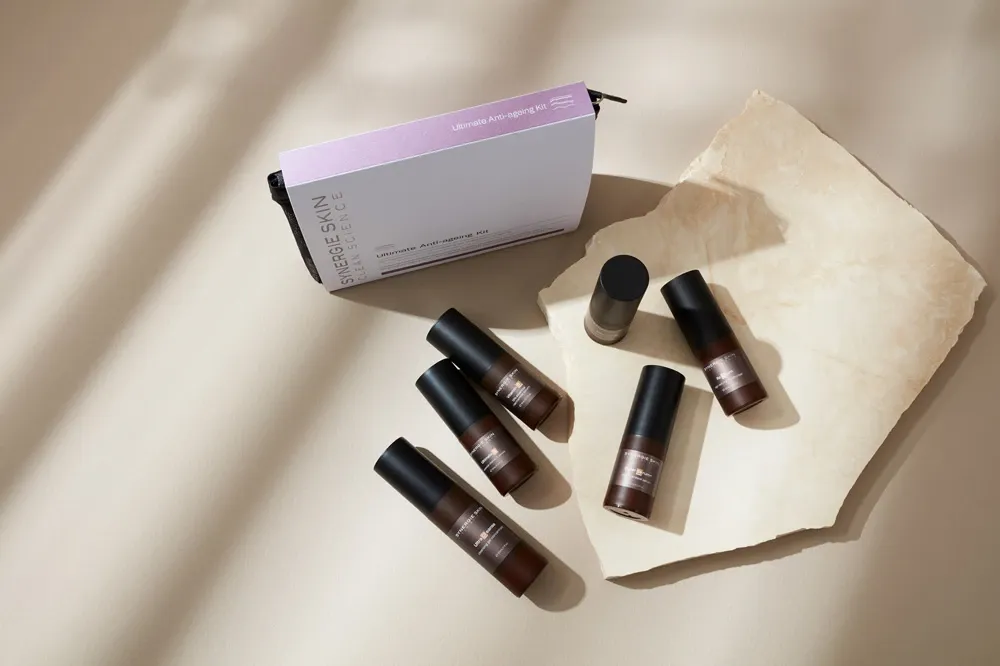
The routine
Day
- UltraCleanse - gel facial cleanser
- SuperSerum+ - anti-ageing serum
- EfficaC or Pure-C crystals - L-Ascorbic acid
- ÜberZinc - moisturiser with 21% zinc oxide
Night
- UltraCleanse - gel facial cleanser
- Ultimate A - stabilised retinol serum
- Vitamin B - essential niacinamide serum
- ReClaim - age-management moisturiser
Treat
- MasquErase - intense anti-ageing mask
Occasional
- ImprovEyes Day - anti-ageing eye serum
- ImprovEyes Night - intense overnight eye treatment
For an introductory set, we recommend the Ultimate Anti-Ageing Kit, a targeted mini kit.



